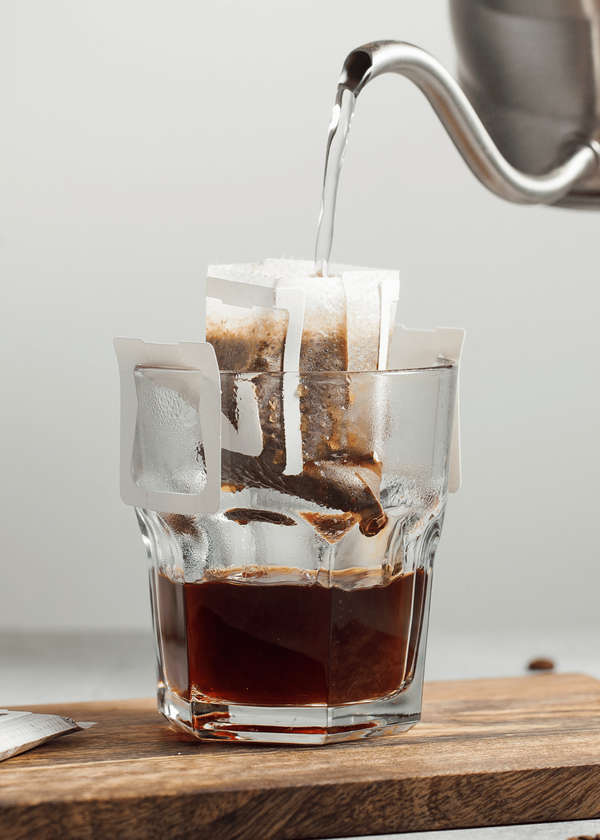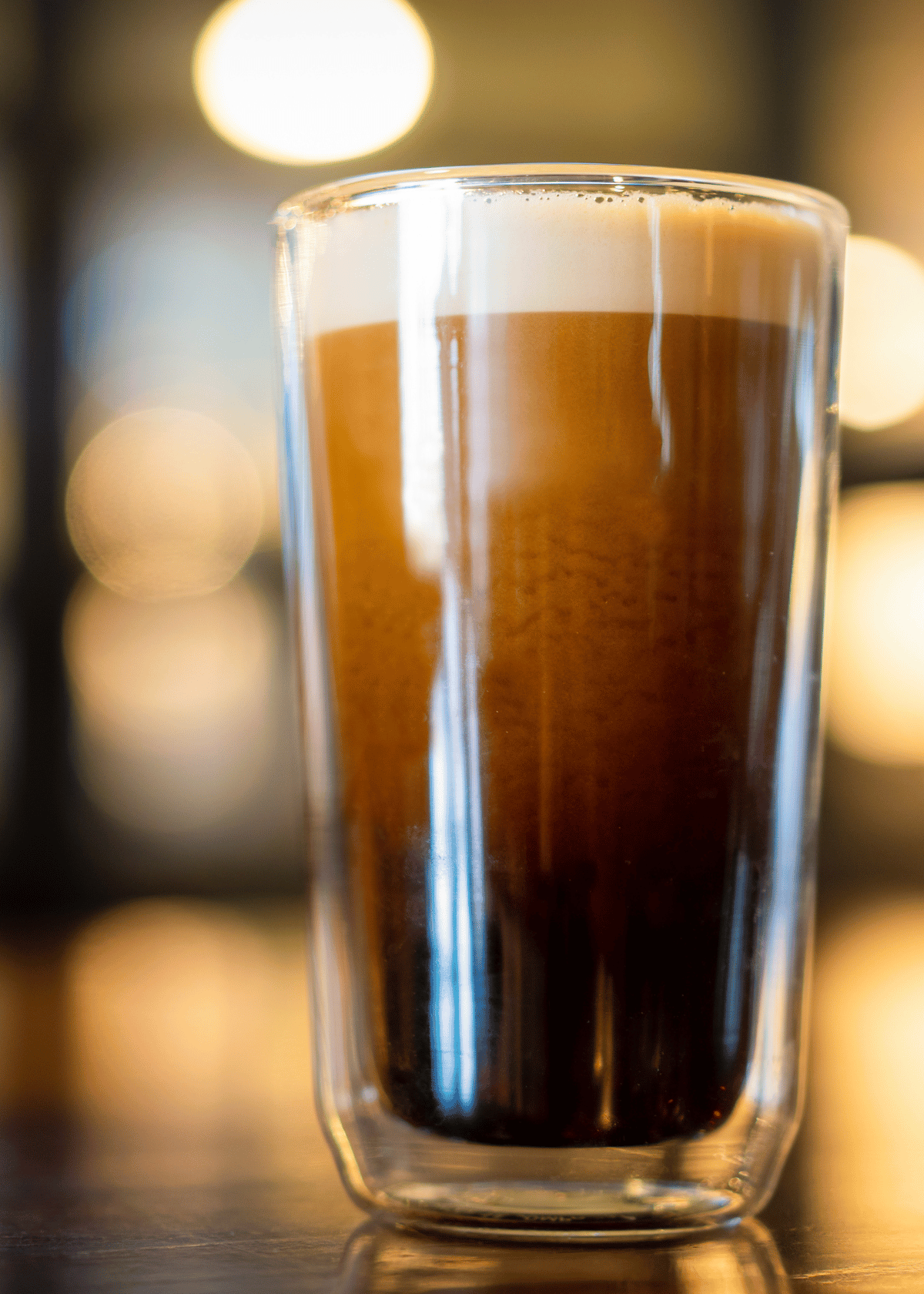Everyone knows that the key to a good pizza is a crispy crust. But have you ever wondered why? What is it about a crispy crust that makes it so darn delicious? Is it the texture? The flavor? The smell? As it turns out, it's all of those things—and more. Let's take a closer look at the science of a crispy pizza.
The Maillard Reaction
A big part of what makes a crispy pizza crust so delicious is the Maillard reaction. This is a chemical reaction that occurs between amino acids and sugars when food is heated. When the Maillard reaction happens, it creates new flavors and aromas, and also browns the food's surface. So, basically, it's responsible for making your pizza crust nice and crispy—and yummy!
The Steam Factor
Another important factor in creating a crispy pizza crust is steam. When you bake a pizza, the water in the dough turns to steam and escapes through tiny holes in the dough. If there's too much steam, it can make your crust gummy and soft. But if there's just the right amount, it will make your crust nice and crisp. So how do you achieve the perfect balance? By baking your pizza at a high temperature—around 400-450 degrees Fahrenheit—which will help ensure that the water in the dough turns to steam before the dough has a chance to overcook.
Achieving a perfectly crispy pizza crust isn't rocket science—but there is some science involved! By understanding the role that the Maillard reaction and steam play in making a crispy crust, you can be well on your way to making pizzeria-quality pies at home. And who doesn't love that?
Want to know what is the best flour for pizza? Check out our guide here!







